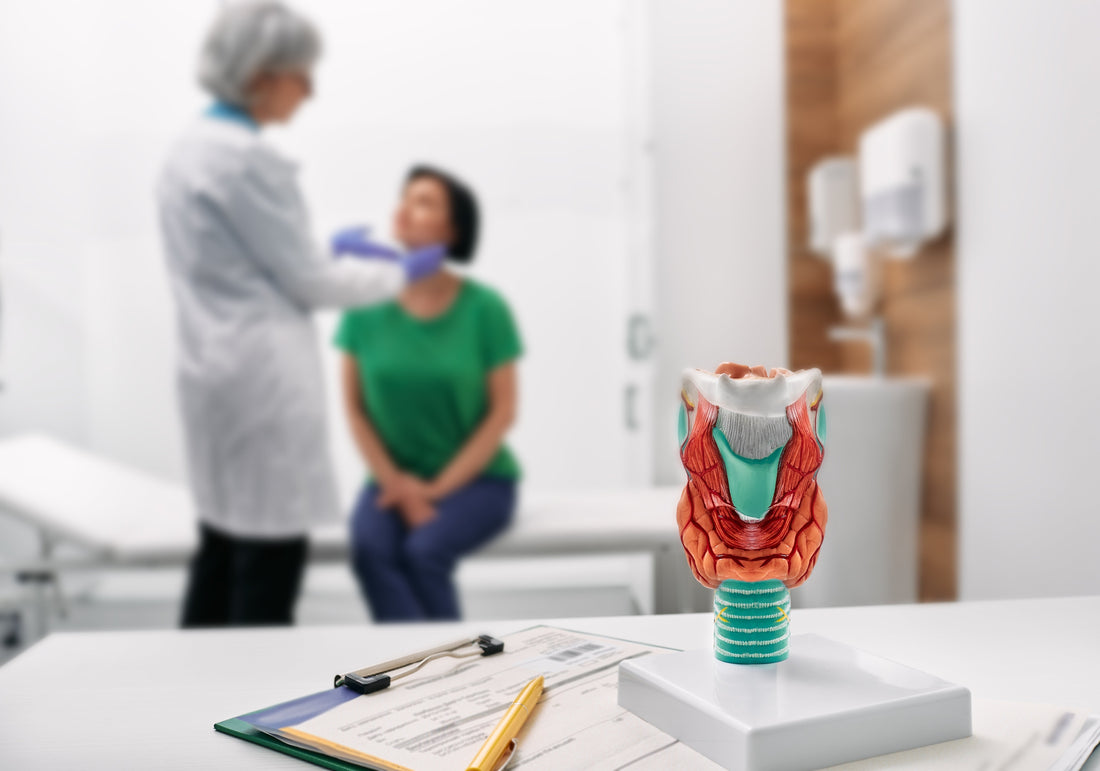
Are you looking for a primary care physician who will actually listen to you, do a deep dive into your overall health and wellness, and...

Are you curious about holistic health and how it differs from conventional medicine practices? Perhaps you’re tired of dealing with multiple doctors without seeing any...

Your thyroid is a small gland in your neck, and while it may seem like a rather insignificant organ, that couldn’t be further from the...

Your thyroid is a small gland in your neck, and while it may seem like a rather insignificant organ, that couldn’t be further from the...

Chronic joint pain can be debilitating, impacting your quality of life and mobility. When seeking relief, many people turn to steroid injections as a quick...

Are you suffering from chronic pain, musculoskeletal injuries, or joint instability that just won’t go away? It’s frustrating when your quality of life is affected...